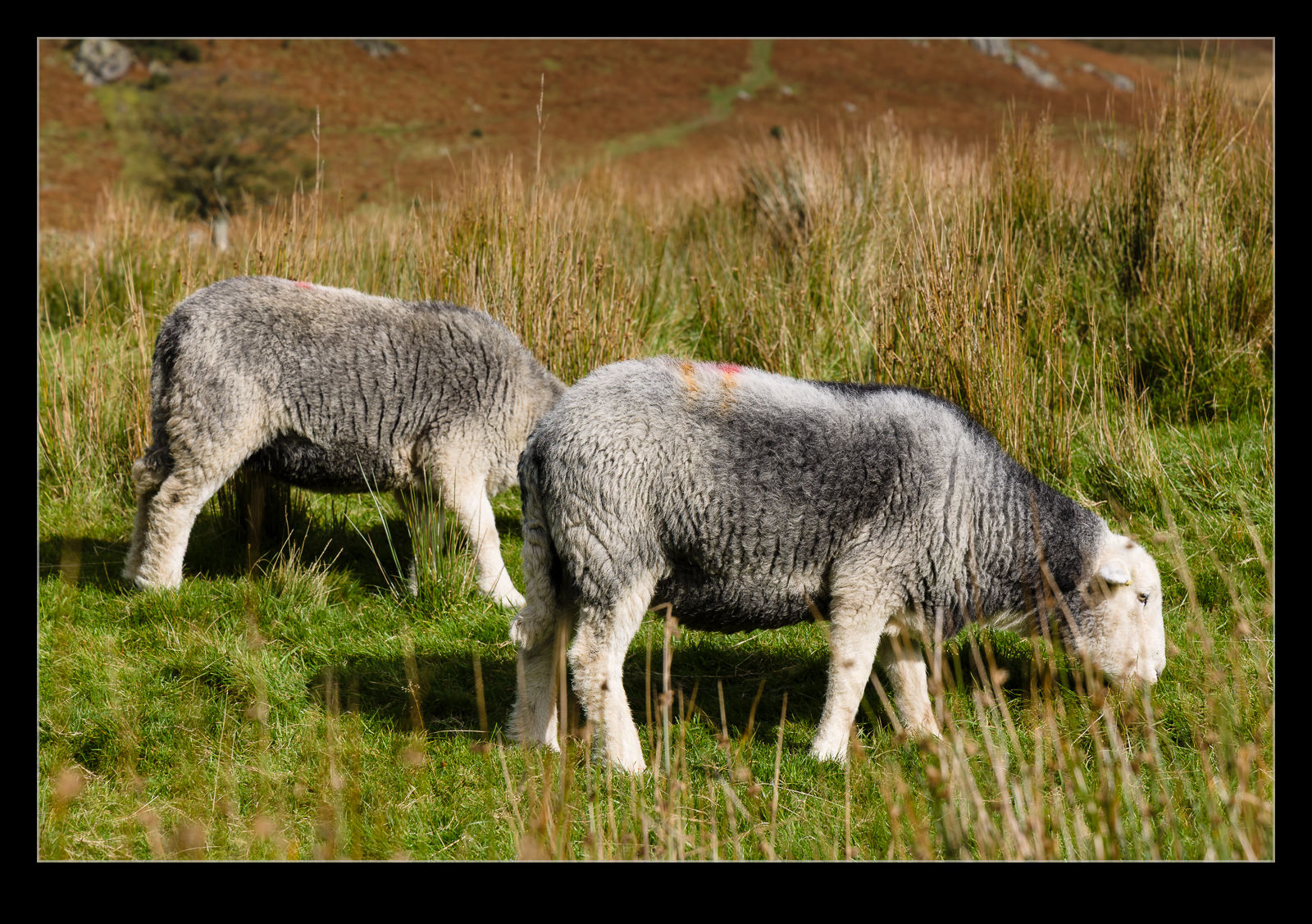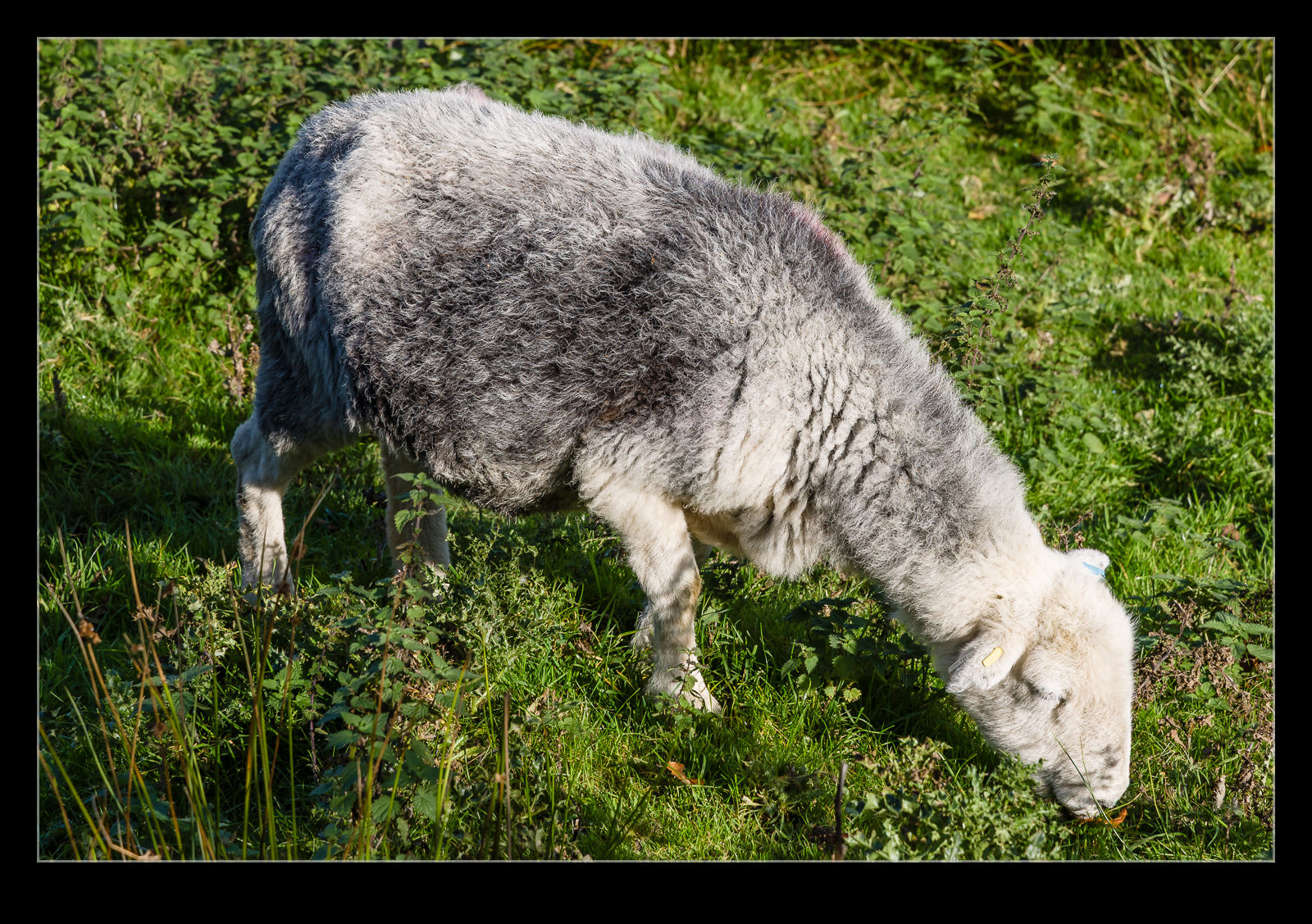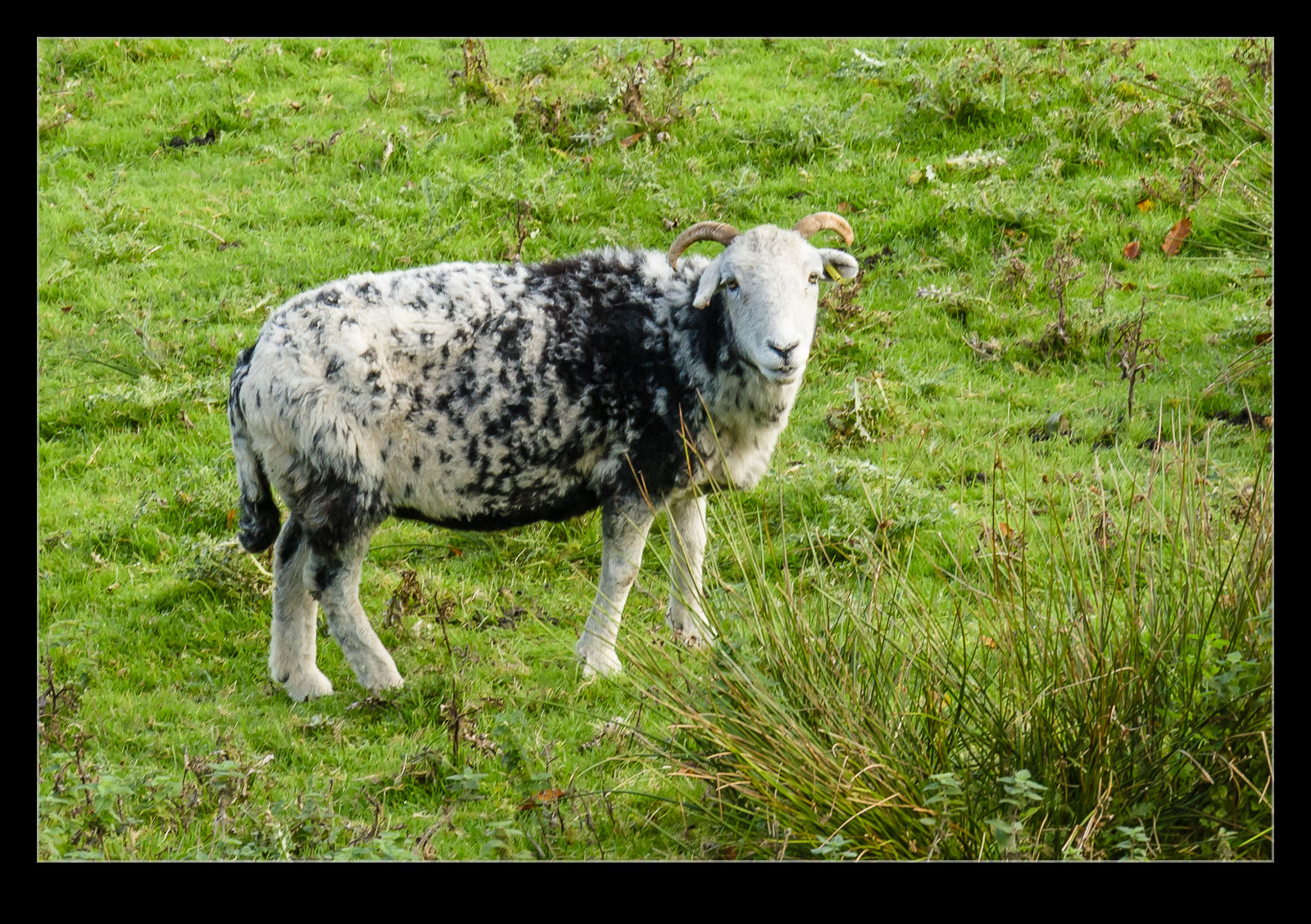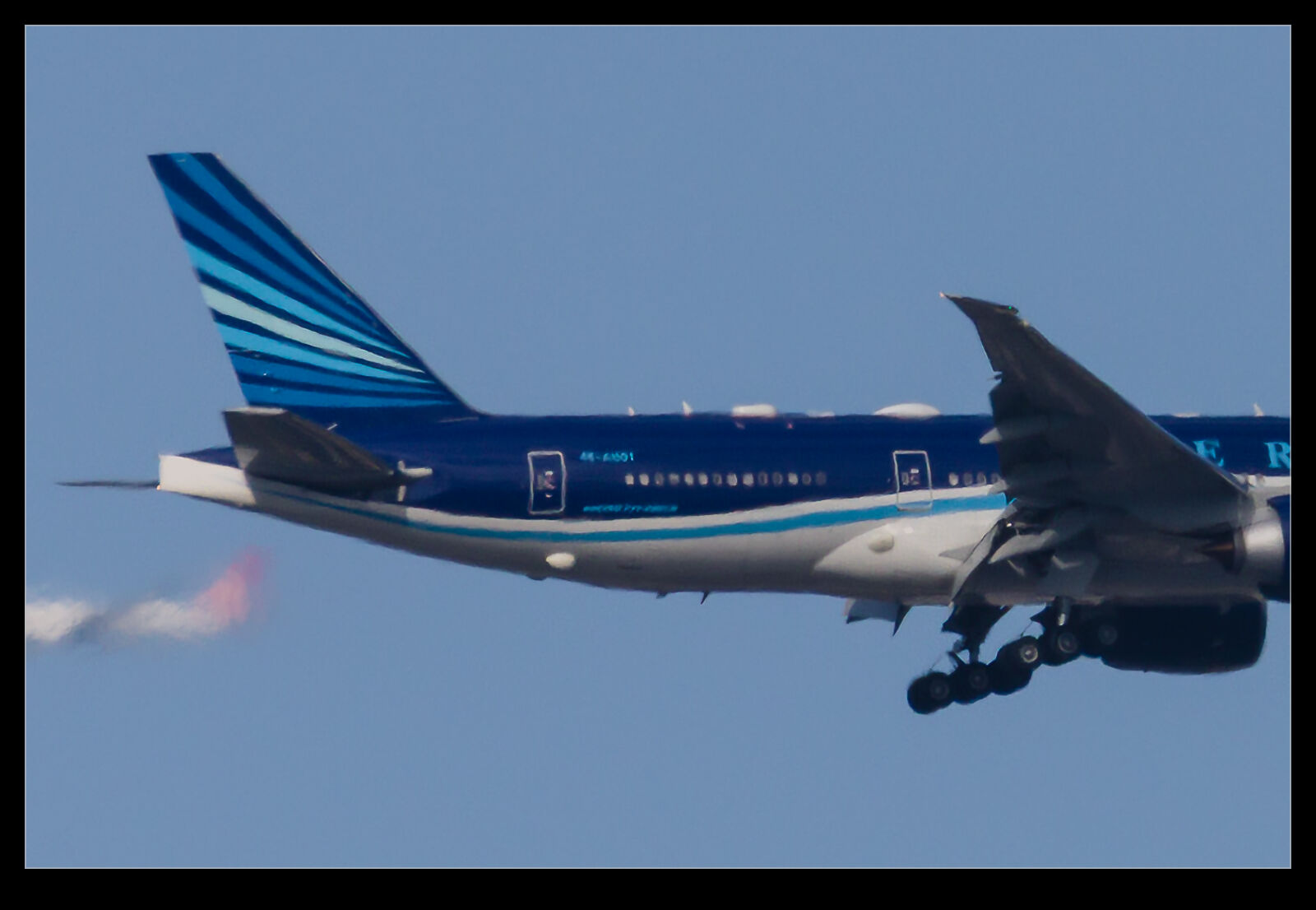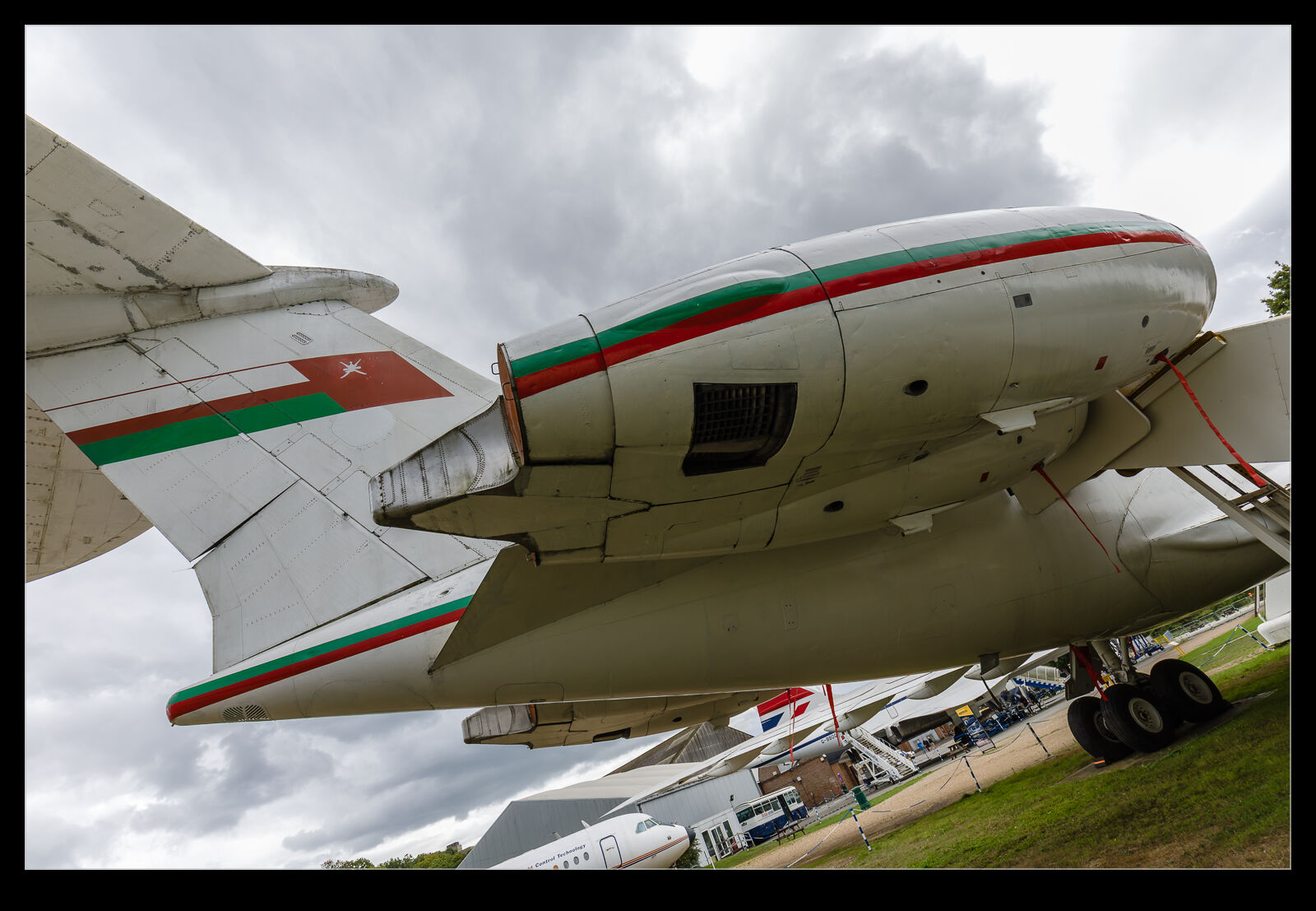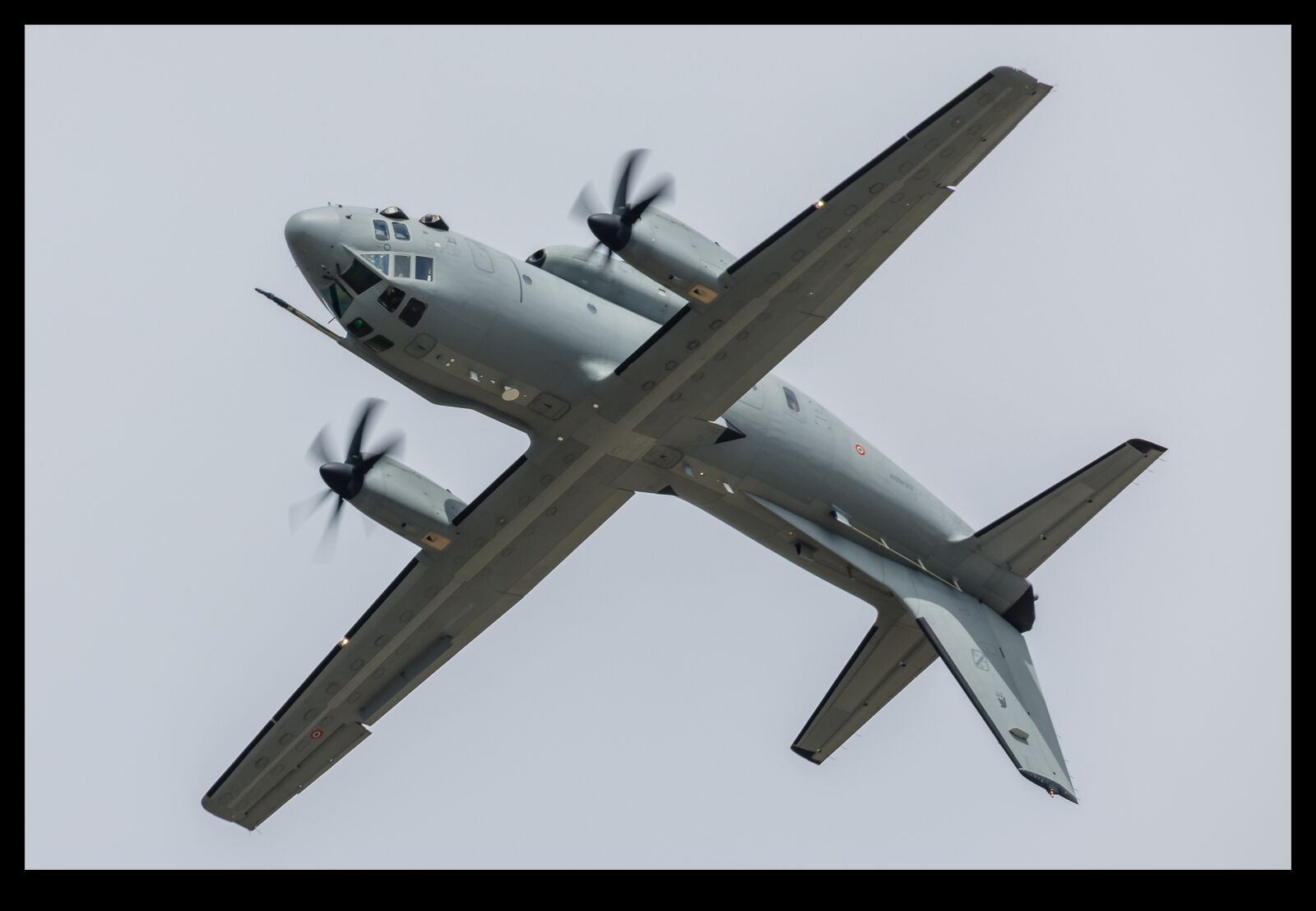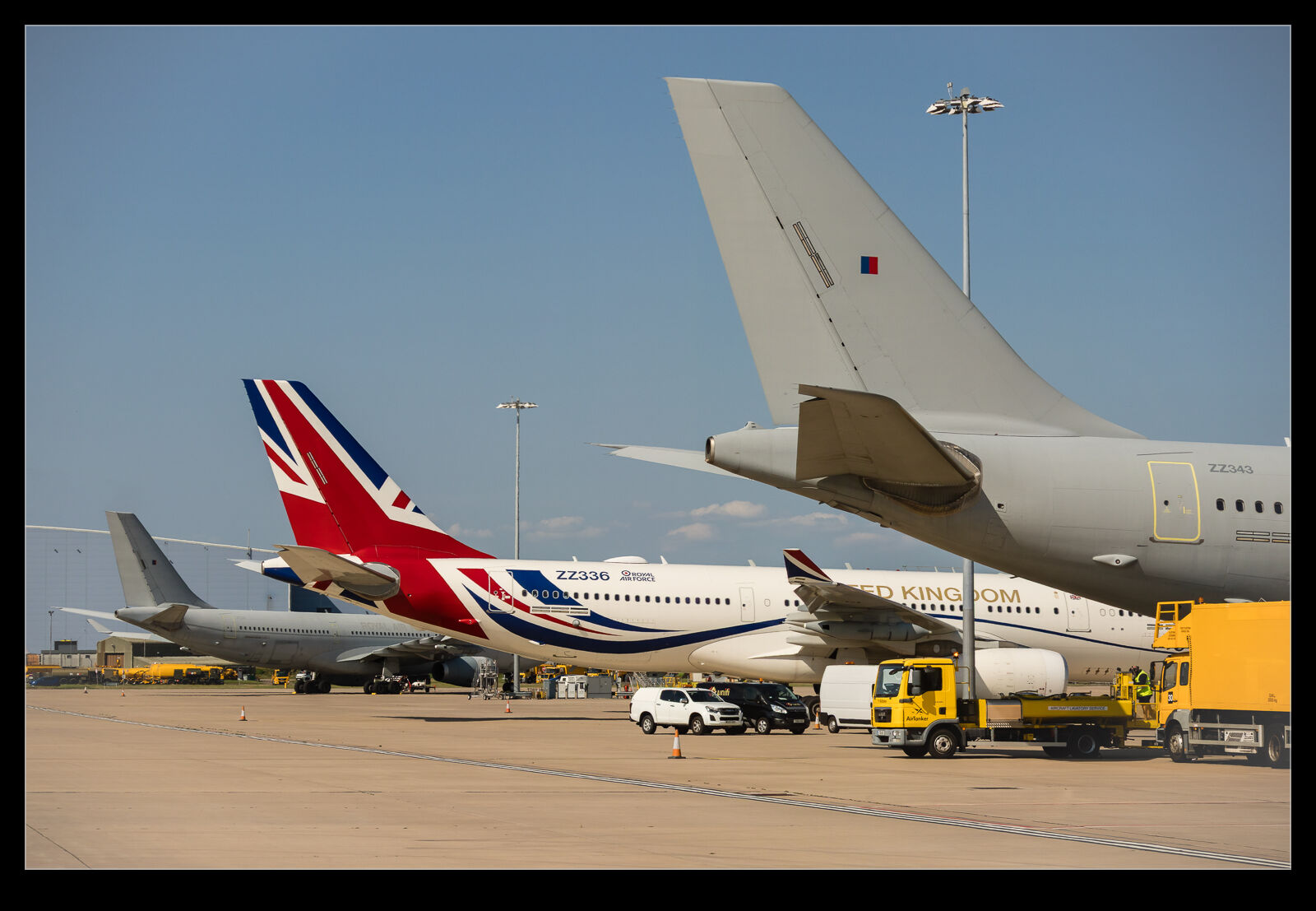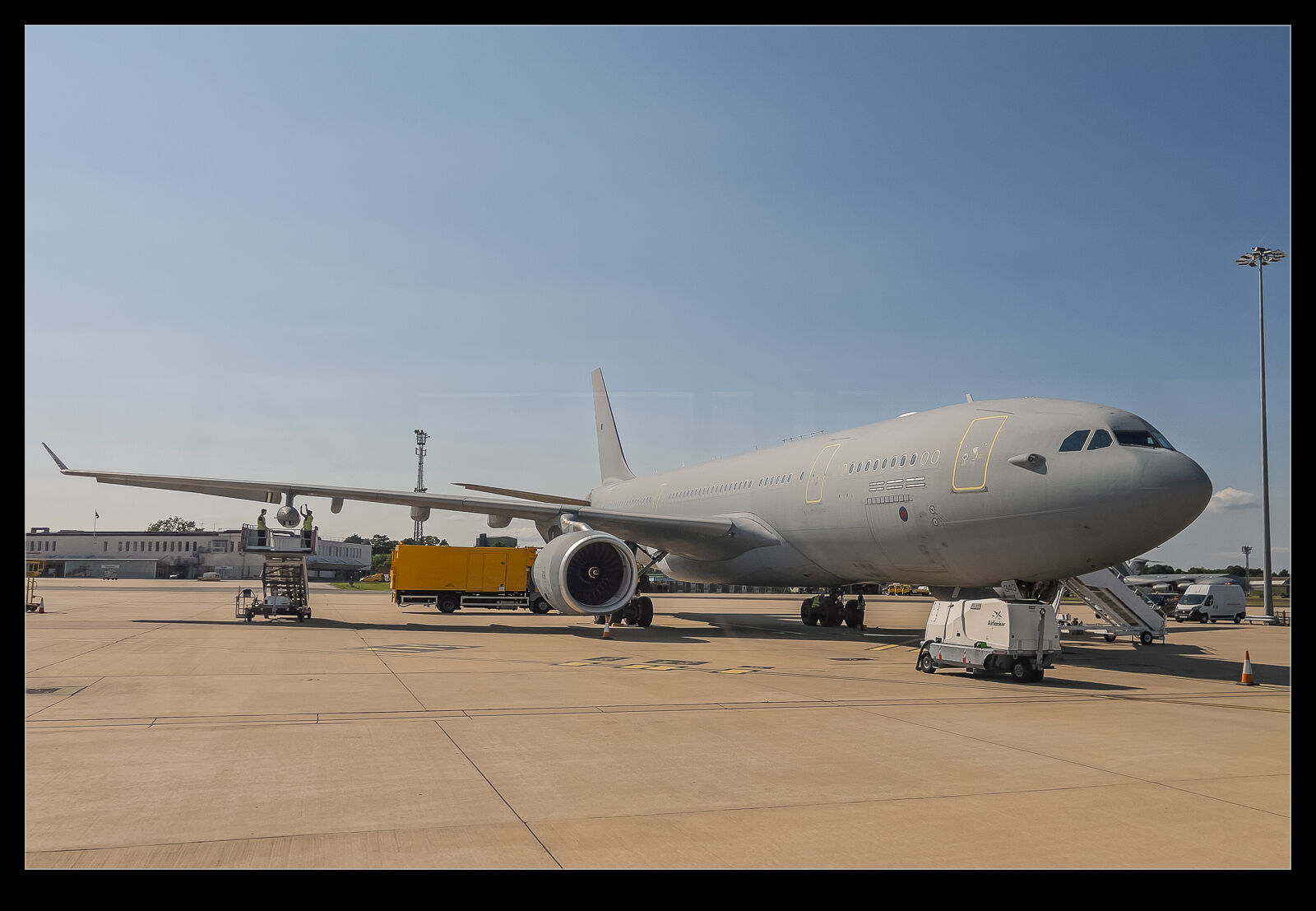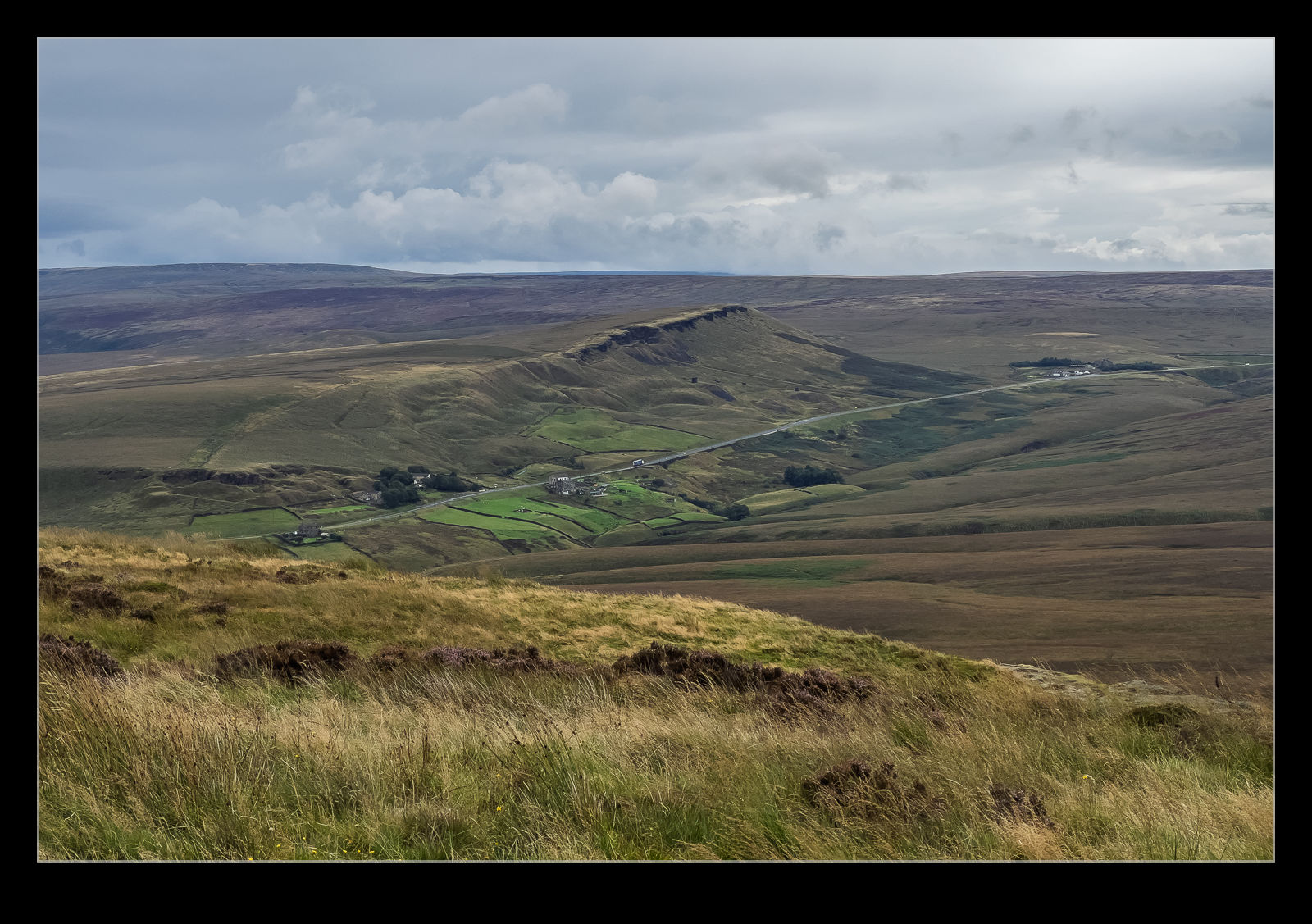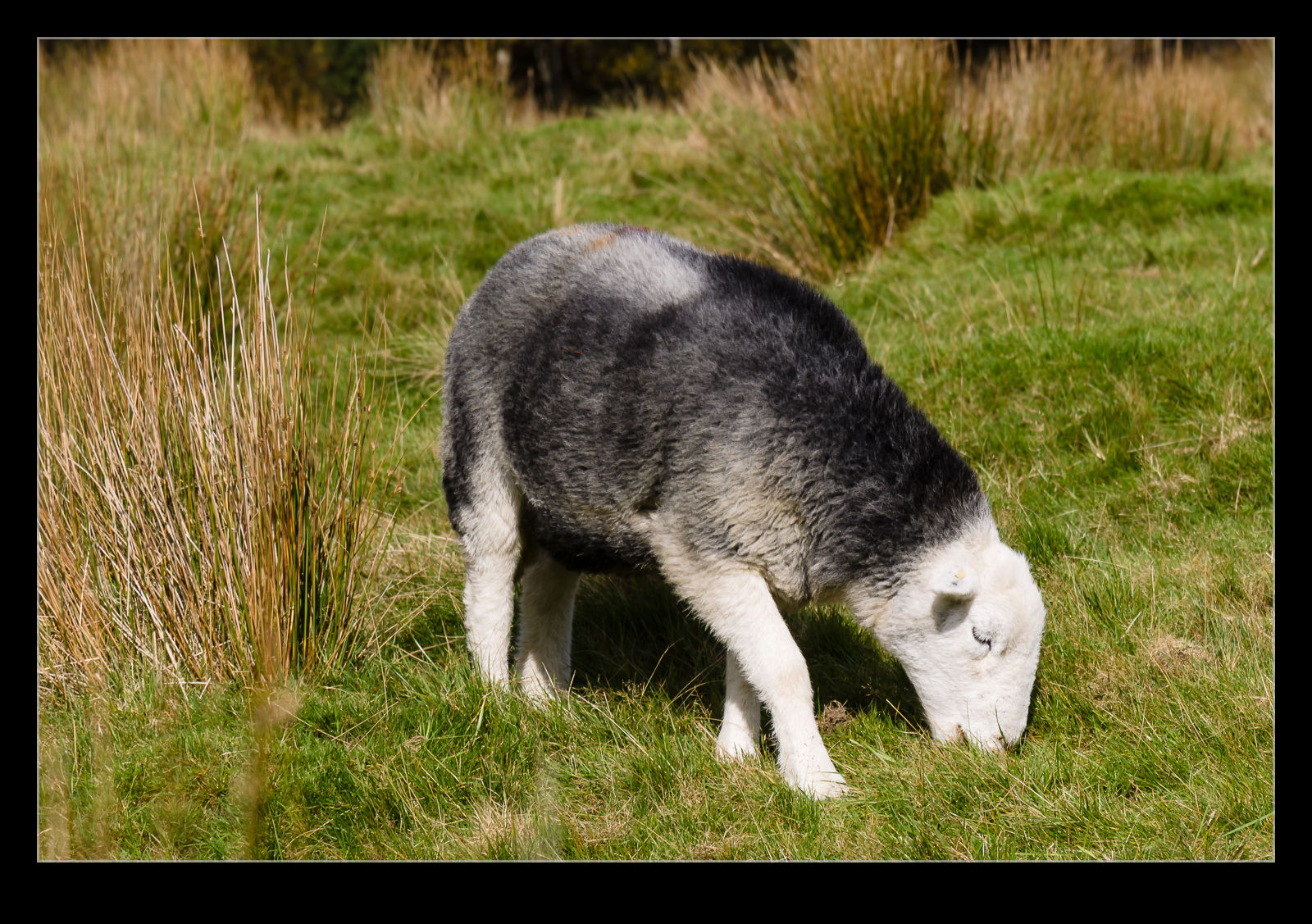 I wasn’t previously aware that there is a breed of sheep that is predominantly localised to the Lake District. These are Herdwick Sheep. They are well suited to the rugged terrain of the Lakes and can handle living in the exposed countryside throughout the year. They have quite a distinctive look and the colours of their fleeces are unusual. We saw plenty of them during our visit and I loved the different looks of them as they age. My favourite is when they are in the grey phase. I just thought they looked really interesting.
I wasn’t previously aware that there is a breed of sheep that is predominantly localised to the Lake District. These are Herdwick Sheep. They are well suited to the rugged terrain of the Lakes and can handle living in the exposed countryside throughout the year. They have quite a distinctive look and the colours of their fleeces are unusual. We saw plenty of them during our visit and I loved the different looks of them as they age. My favourite is when they are in the grey phase. I just thought they looked really interesting.
Tag Archives: photo
What’s on This Azerbaijan 777’s Fuselage?
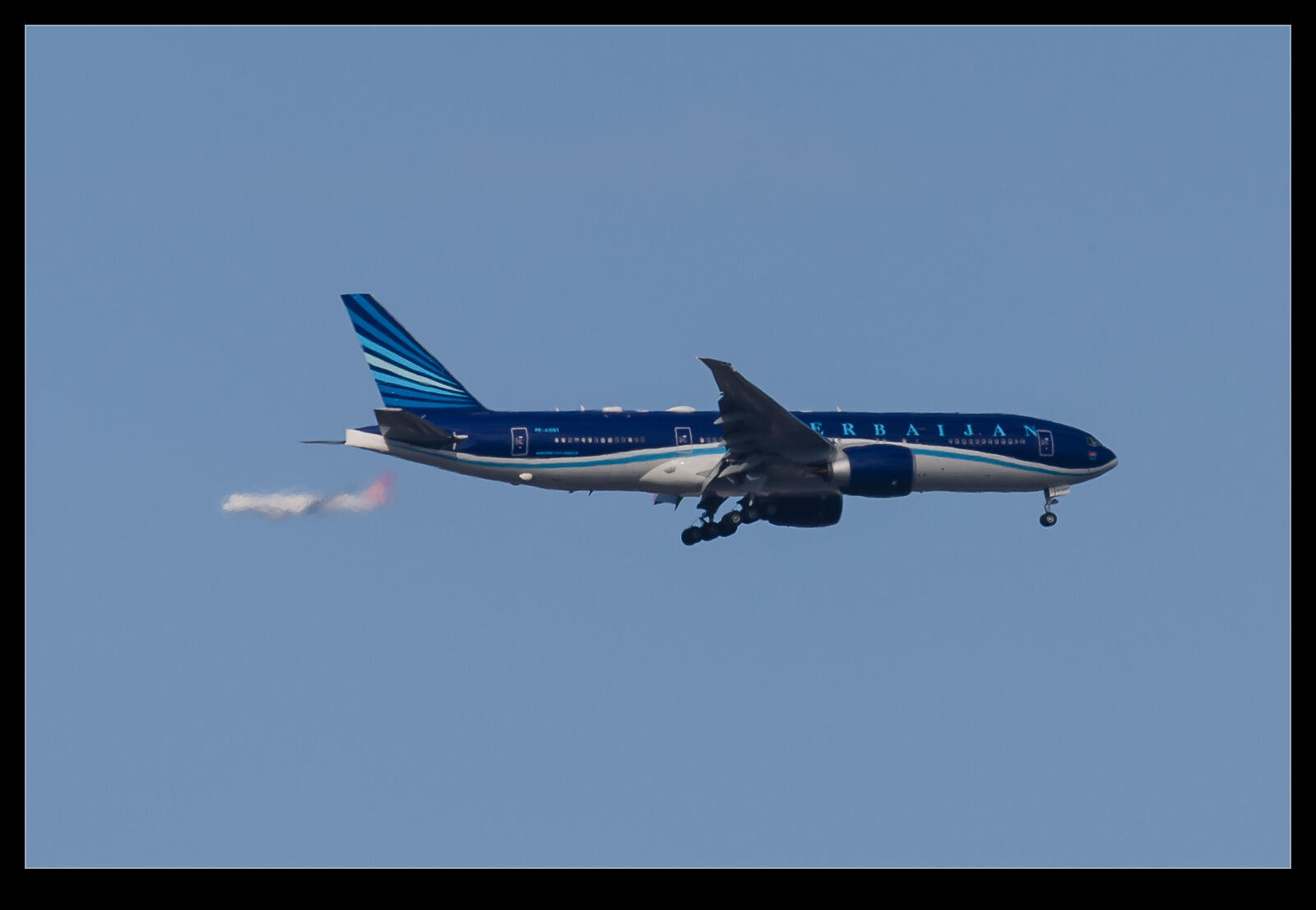 We had an excellent time walking through Windsor Great Park and, while I wasn’t there chasing aircraft, there were a few opportunities to get images of some of the arrivals into Heathrow in the distance. One of these was an Azerbaijan Boeing 777. I grabbed a couple of shots of it as it came over Windsor in the distance and then thought nothing further about it. However, when I started to look through my shots, I noticed some interesting lumps and bumps on the fuselage. My thoughts were immediately that they were some form of defensive countermeasures but if anyone has any other thoughts, I’d be interested to hear them.
We had an excellent time walking through Windsor Great Park and, while I wasn’t there chasing aircraft, there were a few opportunities to get images of some of the arrivals into Heathrow in the distance. One of these was an Azerbaijan Boeing 777. I grabbed a couple of shots of it as it came over Windsor in the distance and then thought nothing further about it. However, when I started to look through my shots, I noticed some interesting lumps and bumps on the fuselage. My thoughts were immediately that they were some form of defensive countermeasures but if anyone has any other thoughts, I’d be interested to hear them.
Wandering Through Trafalgar Square
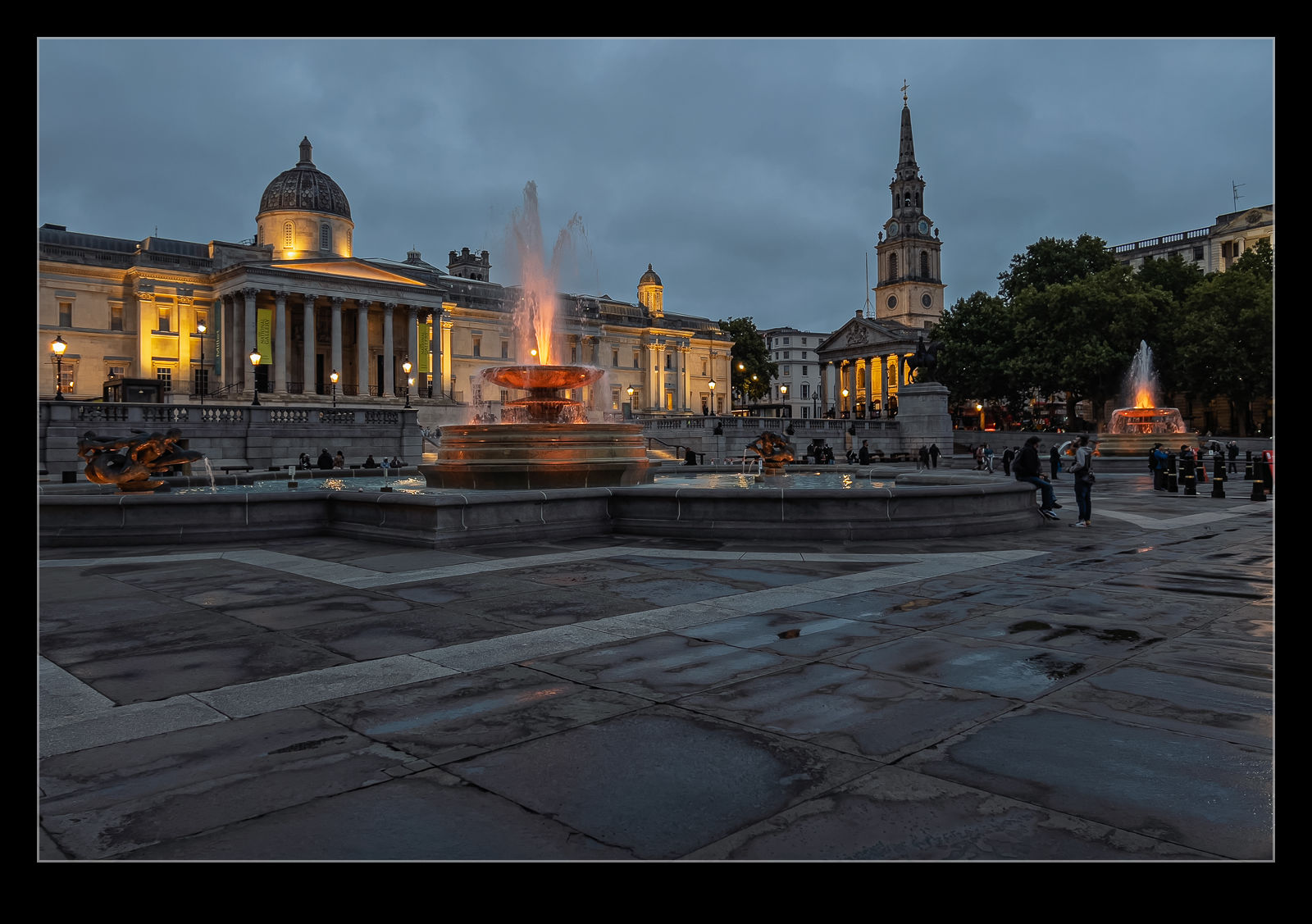 I had been meeting up with people for a drink in town after work one evening. Once we had gone our separate ways, I had time in hand to walk back to Waterloo for my train home. My route took me through Trafalgar Square and, in the oncoming darkness, the illumination of the National Gallery looked really nice and I couldn’t help but stop to get some images. Taking photos in London is a bit awkward because you don’t want to look like a tourist but sometimes you have to overcome the pride!
I had been meeting up with people for a drink in town after work one evening. Once we had gone our separate ways, I had time in hand to walk back to Waterloo for my train home. My route took me through Trafalgar Square and, in the oncoming darkness, the illumination of the National Gallery looked really nice and I couldn’t help but stop to get some images. Taking photos in London is a bit awkward because you don’t want to look like a tourist but sometimes you have to overcome the pride!
VC-10 Time
 Our visit to the Brooklands Museum meant were were at the home of the Vickers VC-10. The museum has a complete example along with another fuselage and some test items related to the development of the aircraft that was undertaken here. The complete airframe belonged to the Sultan of Oman and it was flown into Weybridge in the late 80s before the runway was rendered unavailable. It was quite a luxurious configuration in its day but does have a rather basic look compared to what might be available today.
Our visit to the Brooklands Museum meant were were at the home of the Vickers VC-10. The museum has a complete example along with another fuselage and some test items related to the development of the aircraft that was undertaken here. The complete airframe belonged to the Sultan of Oman and it was flown into Weybridge in the late 80s before the runway was rendered unavailable. It was quite a luxurious configuration in its day but does have a rather basic look compared to what might be available today.
Shoot for the Moon
 No lengthy post today. Just something quick. Since I got the 200-800mm, I have used it for all sorts of shot. However, one thing that I seem to have omitted, until recently, was a moon shot. When I first got my 500mm, I used to take loads of pictures of the moon including using a teleconvertor. My current cameras have higher resolution and the 800mm end is more reach than I used to have so I am not sure why I hadn’t done this before. Anyway, here is a shot I got along with some cropped in details of the surface.
No lengthy post today. Just something quick. Since I got the 200-800mm, I have used it for all sorts of shot. However, one thing that I seem to have omitted, until recently, was a moon shot. When I first got my 500mm, I used to take loads of pictures of the moon including using a teleconvertor. My current cameras have higher resolution and the 800mm end is more reach than I used to have so I am not sure why I hadn’t done this before. Anyway, here is a shot I got along with some cropped in details of the surface.
Throwing a Transport Around the Sky
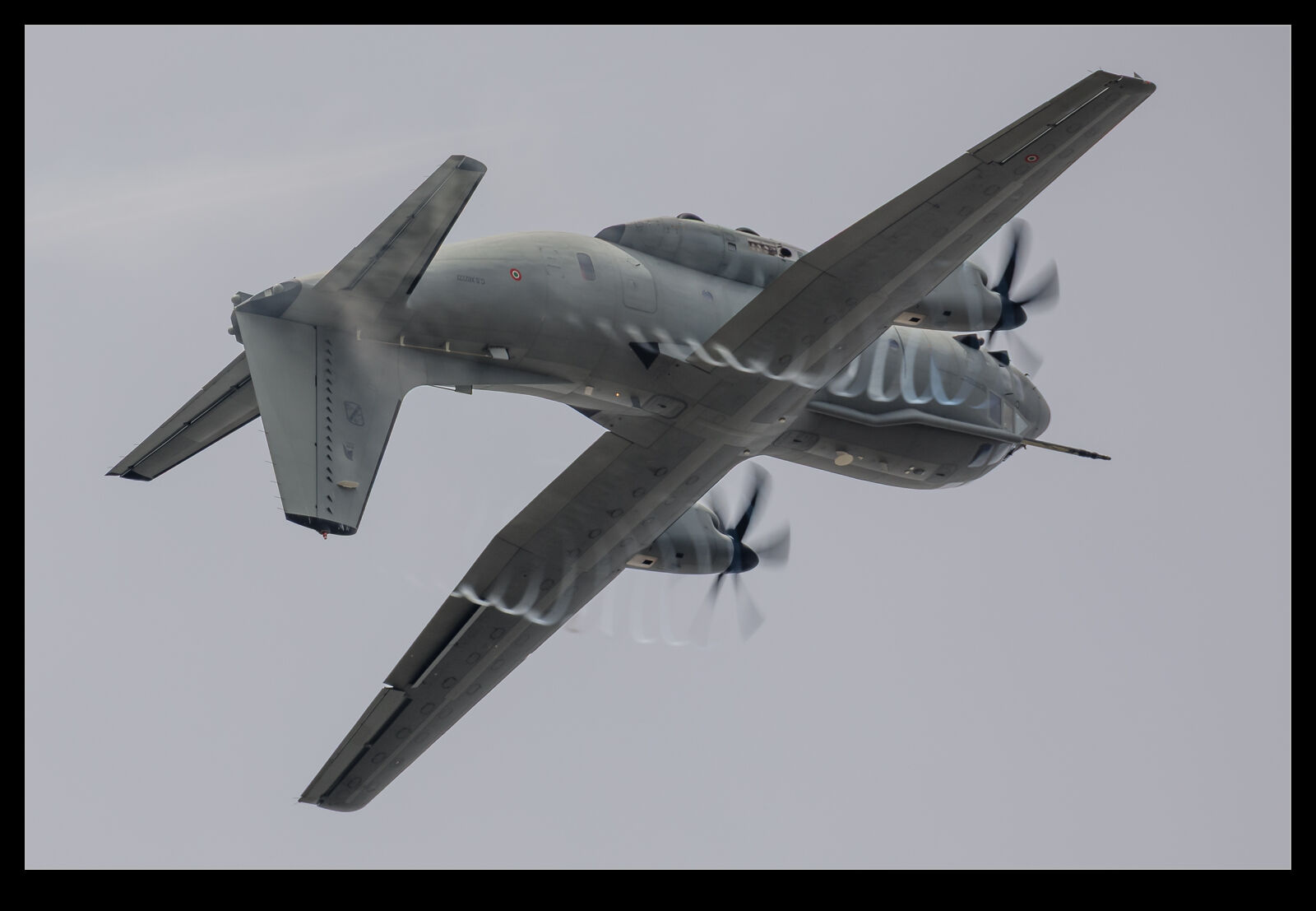 I have seen plenty of footage of C-27J displays where the crews make use of the plentiful power of the type to undertake aerobatics. However, I had never seen it in person. The only C-27Js I had seen display were from the US Coast Guard and they were much more benign in their performance. RIAT brought an example from the Italian Air Force’s test centre and the crew that displayed it knew exactly how much performance they could wring from it.
I have seen plenty of footage of C-27J displays where the crews make use of the plentiful power of the type to undertake aerobatics. However, I had never seen it in person. The only C-27Js I had seen display were from the US Coast Guard and they were much more benign in their performance. RIAT brought an example from the Italian Air Force’s test centre and the crew that displayed it knew exactly how much performance they could wring from it.
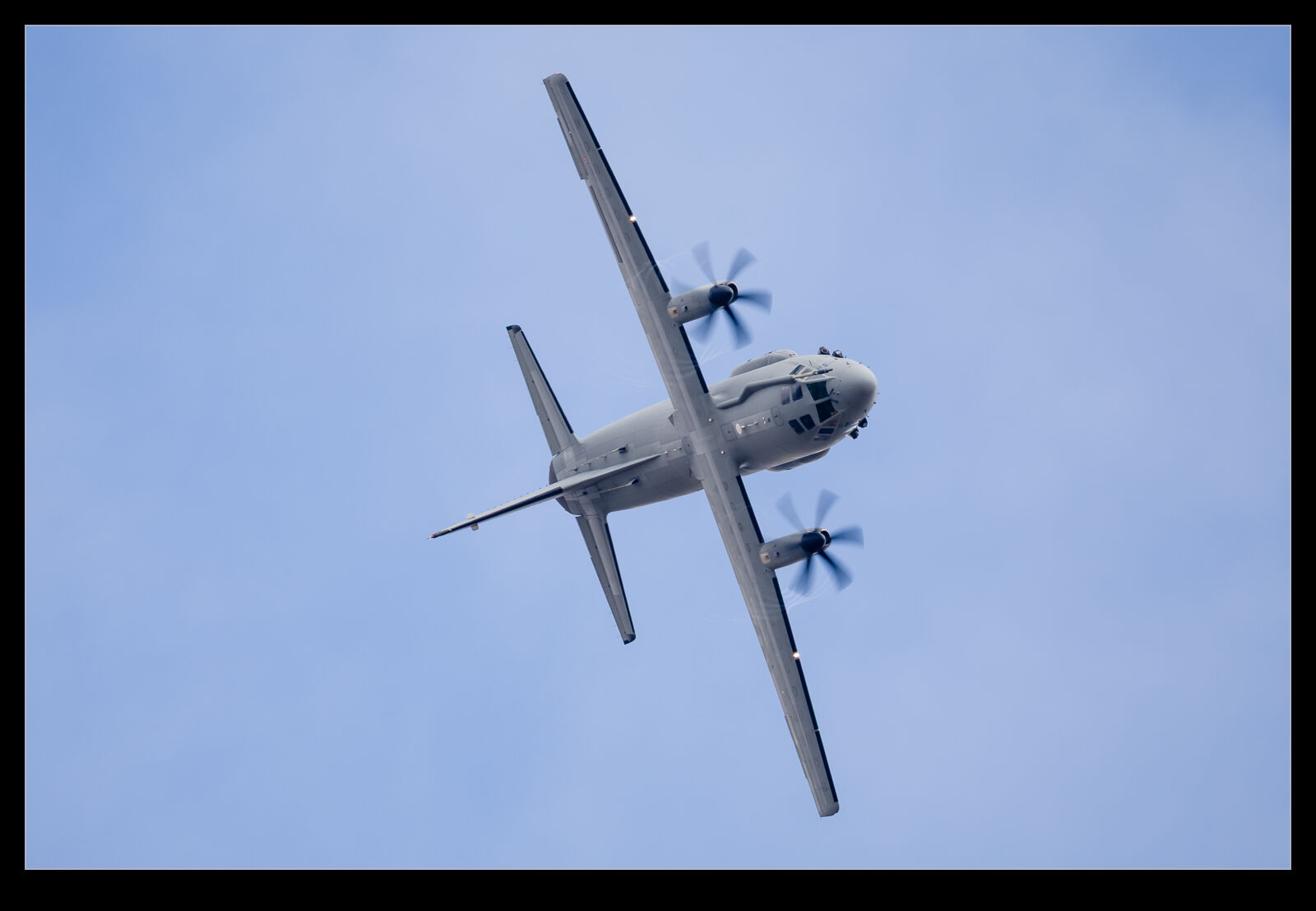 They displayed a few times during the show, and each performance was worth stopping to watch. The ability to loop and roll a decent sized transport was impressive. The conditions during some of the displays were not ideal from a lighting point of view but the humidity in the air did make for some great prop vortices. An inverted plane streaming vapour from the props makes for an interesting image. If you haven’t had the chance to see the display and an opportunity presents itself, do be there.
They displayed a few times during the show, and each performance was worth stopping to watch. The ability to loop and roll a decent sized transport was impressive. The conditions during some of the displays were not ideal from a lighting point of view but the humidity in the air did make for some great prop vortices. An inverted plane streaming vapour from the props makes for an interesting image. If you haven’t had the chance to see the display and an opportunity presents itself, do be there.
Buttermere Looks Gorgeous
 We took a trip to Buttermere while up in the Lakes. Buttermere is not a huge lake so provides a nice walk around its perimeter. When we got there, it was still quite misty, but the sun progressively burnt through, and we were treated to some lovely views along the shore and across the water. Here are a few shots I took while we walked around the lake.
We took a trip to Buttermere while up in the Lakes. Buttermere is not a huge lake so provides a nice walk around its perimeter. When we got there, it was still quite misty, but the sun progressively burnt through, and we were treated to some lovely views along the shore and across the water. Here are a few shots I took while we walked around the lake.
On the Voyager Line
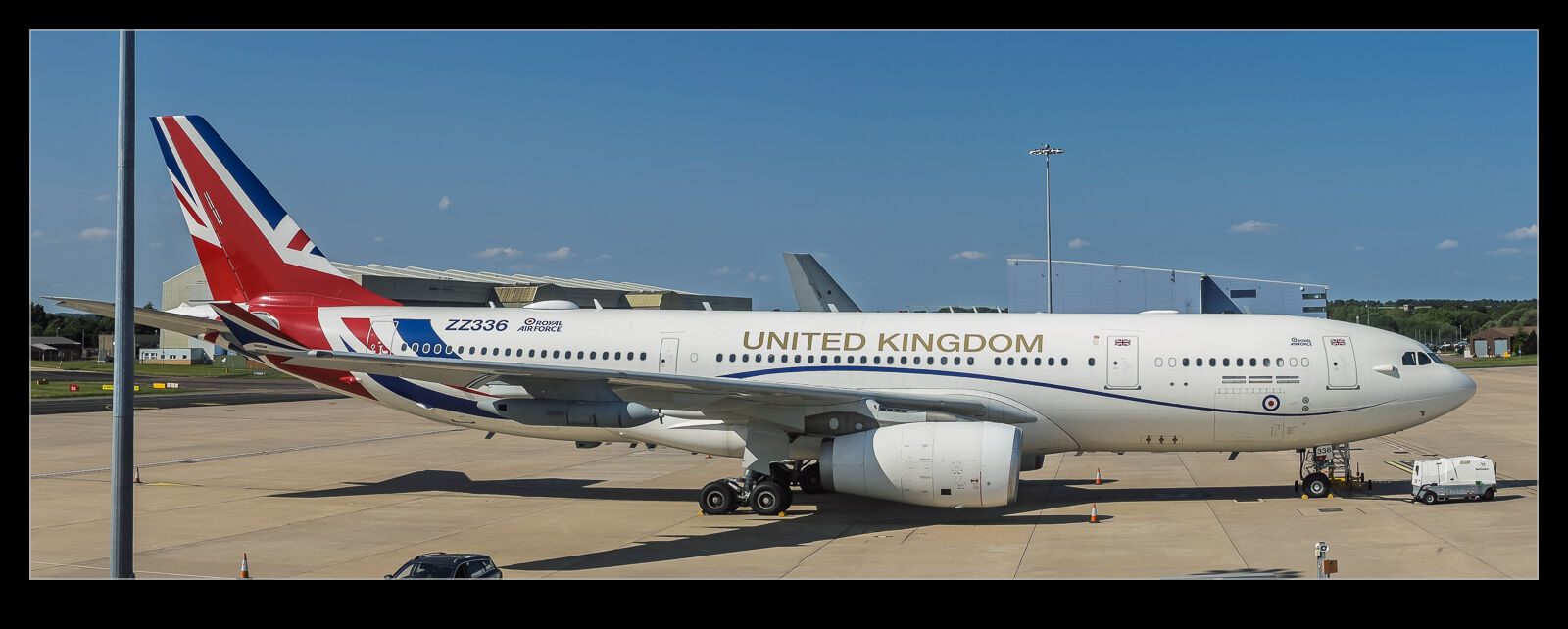 My Voyager ride with 101 Sqn ended back at Brize Norton and we pulled into the line with some other Voyagers. This included Vespina, the jet that is painted in national markings rather than the usual grey. We hung out on the ramp to get a group photo before heading back to the terminal. I got some shots of the Voyagers on the line while I was there (including the jet that we had just been in).
My Voyager ride with 101 Sqn ended back at Brize Norton and we pulled into the line with some other Voyagers. This included Vespina, the jet that is painted in national markings rather than the usual grey. We hung out on the ramp to get a group photo before heading back to the terminal. I got some shots of the Voyagers on the line while I was there (including the jet that we had just been in).
Up on Saddleworth Moor
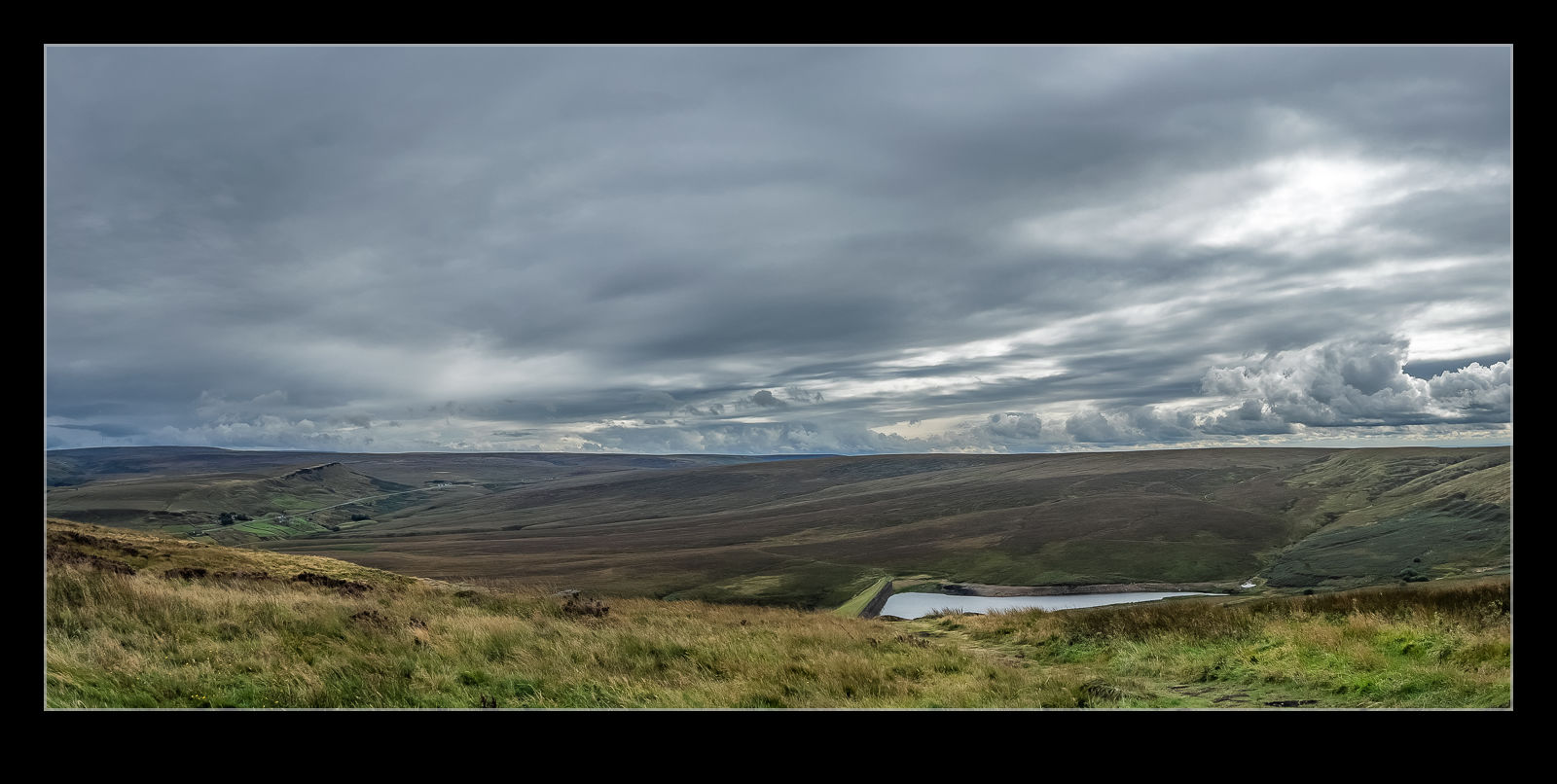 The first day of the charity bike ride I did across the UK took us 74 miles starting in Liverpool to end up in Huddersfield. The first sections of the ride were really pretty flat, and we made good progress. However, the second part of the route took us up into the hills as we crossed from west to east. After leaving Oldham, we headed up onto Saddleworth Moor. I have driven across this way on the M62 more times than I can recall when work used to need me to head across to Brough. This was the first time I went across under my own steam. It was quite a climb. Of the group I was riding with, a couple of us were the ones that were the slowest. Just a long steady grind up the hills. You might not be surprised to note that I wasn’t stopping to take pictures. However, when I reached the summit before the long descent into Huddersfield, I was able to grab a couple of images of the b leak beauty that is Saddleworth.
The first day of the charity bike ride I did across the UK took us 74 miles starting in Liverpool to end up in Huddersfield. The first sections of the ride were really pretty flat, and we made good progress. However, the second part of the route took us up into the hills as we crossed from west to east. After leaving Oldham, we headed up onto Saddleworth Moor. I have driven across this way on the M62 more times than I can recall when work used to need me to head across to Brough. This was the first time I went across under my own steam. It was quite a climb. Of the group I was riding with, a couple of us were the ones that were the slowest. Just a long steady grind up the hills. You might not be surprised to note that I wasn’t stopping to take pictures. However, when I reached the summit before the long descent into Huddersfield, I was able to grab a couple of images of the b leak beauty that is Saddleworth.
Sensors Versus Markings on the Gripen E
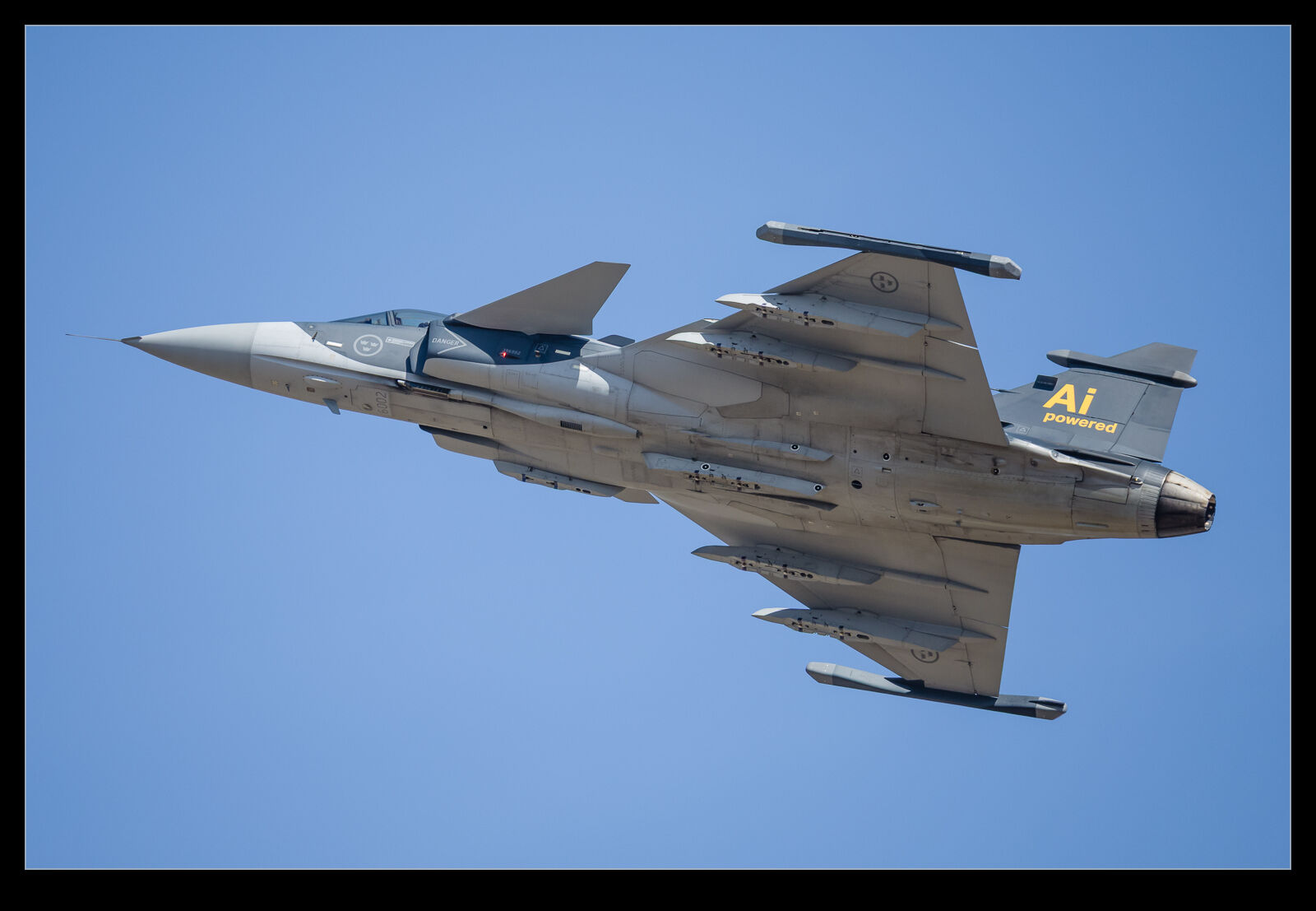 I was editing my images from RIAT recently and culling those that were never going to see the light of day. As I was working through the images of the Gripen E demonstrations, I noticed an array of sensors on the fuselage of the aircraft. There were also a bunch of markings that looked quite similar. The sensors seemed to have a specific shaping to the fuselage to align them with where they needed to face whilst the markings just seemed painted on to both the fuselage and the pylons. My assumption was that these were tracking locations for stores separation tests, but they were different to what I have seen used for this previously. I can’t tell for sure whether one is designed to distract you from the other! I have no knowledge of the systems fitted to the Gripen and will have to do some research but once you see this array of sensors, you can’t help but notice them thereafter!
I was editing my images from RIAT recently and culling those that were never going to see the light of day. As I was working through the images of the Gripen E demonstrations, I noticed an array of sensors on the fuselage of the aircraft. There were also a bunch of markings that looked quite similar. The sensors seemed to have a specific shaping to the fuselage to align them with where they needed to face whilst the markings just seemed painted on to both the fuselage and the pylons. My assumption was that these were tracking locations for stores separation tests, but they were different to what I have seen used for this previously. I can’t tell for sure whether one is designed to distract you from the other! I have no knowledge of the systems fitted to the Gripen and will have to do some research but once you see this array of sensors, you can’t help but notice them thereafter!
